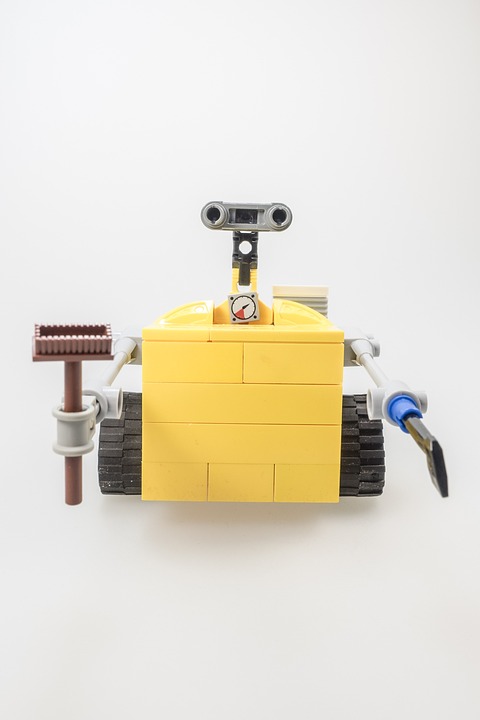How to Get the Best out of Bag-of-Words Model in Computer Vision
If you’re one of the many businesses that have been searching for a solution to correctly identify and categorize digital images, then you’re in the right place. The bag-of-words model in computer vision is the answer you’ve been looking for, and in this blog post, we’ll show you how to use it effectively and get the best results.
The Bag-of-Words Model in Computer Vision, also known as the Bag-of-Visual-Words Model, is a widely used approach in image classification, object recognition, and image search. It works by encoding images into “visual words,” which are like the building blocks of any image. These visual words are derived from local features of an image, such as edges or corners, and are used to create a vocabulary of visual words. This vocabulary is then used to represent new images, which can be classified according to the visual words they contain.
So, why is the Bag-of-Words Model so important, and how can you use it to get the best results?
Firstly, the Bag-of-Words Model is incredibly useful for image classification. By breaking down an image into visual words, you can create a more flexible and robust representation of that image. This, in turn, allows for more accurate classification, even in cases where images may be very similar, but not identical. For example, if you’re running an ecommerce website that sells clothing, you can use the Bag-of-Words Model to accurately identify different styles of clothing, such as shirts, pants, or dresses, even if the items have different patterns, colors, or textures.
Secondly, the Bag-of-Words Model is also useful for object recognition. In this context, the model is used to identify specific objects within an image, even if the object is partially obscured or viewed from a different angle. This is particularly useful for security applications, such as surveillance systems or facial recognition software, where it’s crucial to accurately identify people or objects.
To get the best results from the Bag-of-Words Model, there are a few things to keep in mind:
1. Use high-quality images: The Bag-of-Words Model relies on local features of an image to create visual words. If the image quality is poor or the resolution is low, the model will not be able to accurately represent the image.
2. Create a robust vocabulary: The vocabulary of visual words is the backbone of the Bag-of-Words Model. It’s important to ensure that the vocabulary is large enough to capture all the relevant features of the images you want to classify or recognize.
3. Use appropriate feature extractors: The Bag-of-Words Model requires local feature detectors, such as Scale-Invariant Feature Transform (SIFT), Speeded-Up Robust Features (SURF), or Oriented FAST and Rotated BRIEF (ORB), to extract the features that will become visual words. It’s important to choose the appropriate feature extractor depending on the type of images you’re working with.
Despite the many benefits of the Bag-of-Words Model, there are some potential objections to its use. For example, some people may be concerned about privacy implications, particularly with regards to facial recognition software. It’s important to address these concerns by implementing appropriate security measures and ensuring that any facial recognition software is used responsibly and within legal and ethical boundaries.
In conclusion, the Bag-of-Words Model is an incredibly powerful tool for image classification, object recognition, and image search. By encoding images into visual words, it allows for more accurate and flexible representation of images, even in cases where images may be very similar. To get the best results from the Bag-of-Words Model, it’s important to use high-quality images, create a robust vocabulary, and use appropriate feature extractors. With these considerations in mind, businesses can use the Bag-of-Words Model to improve their digital image categorization and recognition capabilities, and stay ahead of the competition.

